Helping Children With Autism Develop Self-Help Skills At Home

Unlocking Potential: A Guide to Supporting Self-Help Skills at Home
Empowering children with autism to develop essential self-help skills is vital for fostering independence, self-esteem, and a fulfilling life. Tailored strategies and practical resources, when applied consistently in natural environments, can significantly enhance their ability to perform routine tasks. This comprehensive guide explores effective teaching methods, caregiver support techniques, and intervention activities designed to promote self-help skills within the home setting.
Effective Methods for Teaching Self-Help Skills at Home
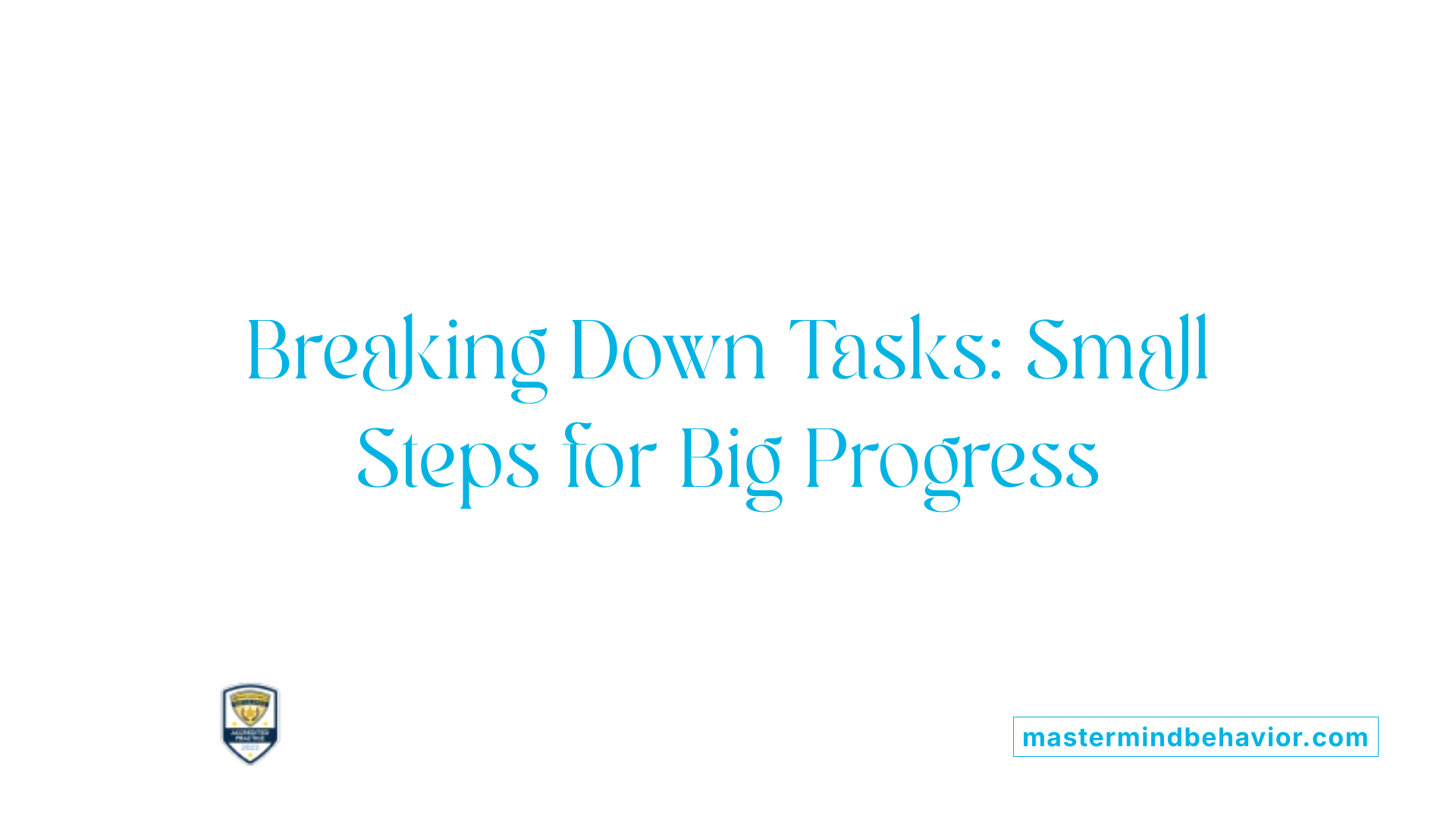
What are effective methods for teaching self-help skills to children with autism at home?
Teaching self-help skills effectively within the home environment involves a combination of strategies tailored to each child's needs. One of the foundational methods is establishing structured routines. Consistent routines help children understand what to expect, reducing anxiety and encouraging engagement in self-care tasks like dressing, brushing teeth, or toileting.
Visual supports play a crucial role in facilitating independence. Checklists, picture schedules, and labels visually guide children through each step of a task, making abstract instructions concrete and accessible. These supports are particularly effective when combined with social stories or visual cues that reinforce expected behaviors and routines.
Breaking down complex activities into small, manageable steps using task analysis is another vital technique. Tasks such as brushing teeth or dressing are divided into specific actions, allowing children to master each component before progressing to the next. This incremental approach prevents overwhelm and builds confidence.
Reinforcement strategies like praise, tokens, stickers, or access to preferred activities motivate children to practice and retain new skills. Positive reinforcement encourages ongoing effort and helps establish a pattern of success.
Integrating teaching into natural daily activities, such as cooking, laundry, or shopping, promotes skill generalization. Practicing self-care routines during their usual context ensures skills are transferable across settings.
Consistency, patience, and modeling are essential components. Parents and caregivers should demonstrate behaviors, offer prompts as needed, and gradually fade assistance as competence increases. Observing progress and adjusting strategies accordingly ensures the approach remains effective.
Incorporating evidence-based strategies from Applied Behavior Analysis (ABA), including prompting, prompt fading, and reinforcement, enhances the likelihood of skill acquisition. Using visual aids, social stories, and role-playing helps children understand and perform tasks.
Assessing individual abilities through tools like the Community-Based Skills Assessment (CSA) guides personalized planning. Tailoring goals to each child's developmental level ensures that skills are achievable and meaningful.
Overall, the combination of structured routines, visual supports, task analysis, reinforcement, natural activity integration, and ongoing assessment creates a comprehensive framework for teaching self-help skills at home. These methods not only foster independence but also boost confidence and self-esteem, empowering children with autism to participate more fully in everyday life.
Support Techniques for Caregivers in Skill Acquisition
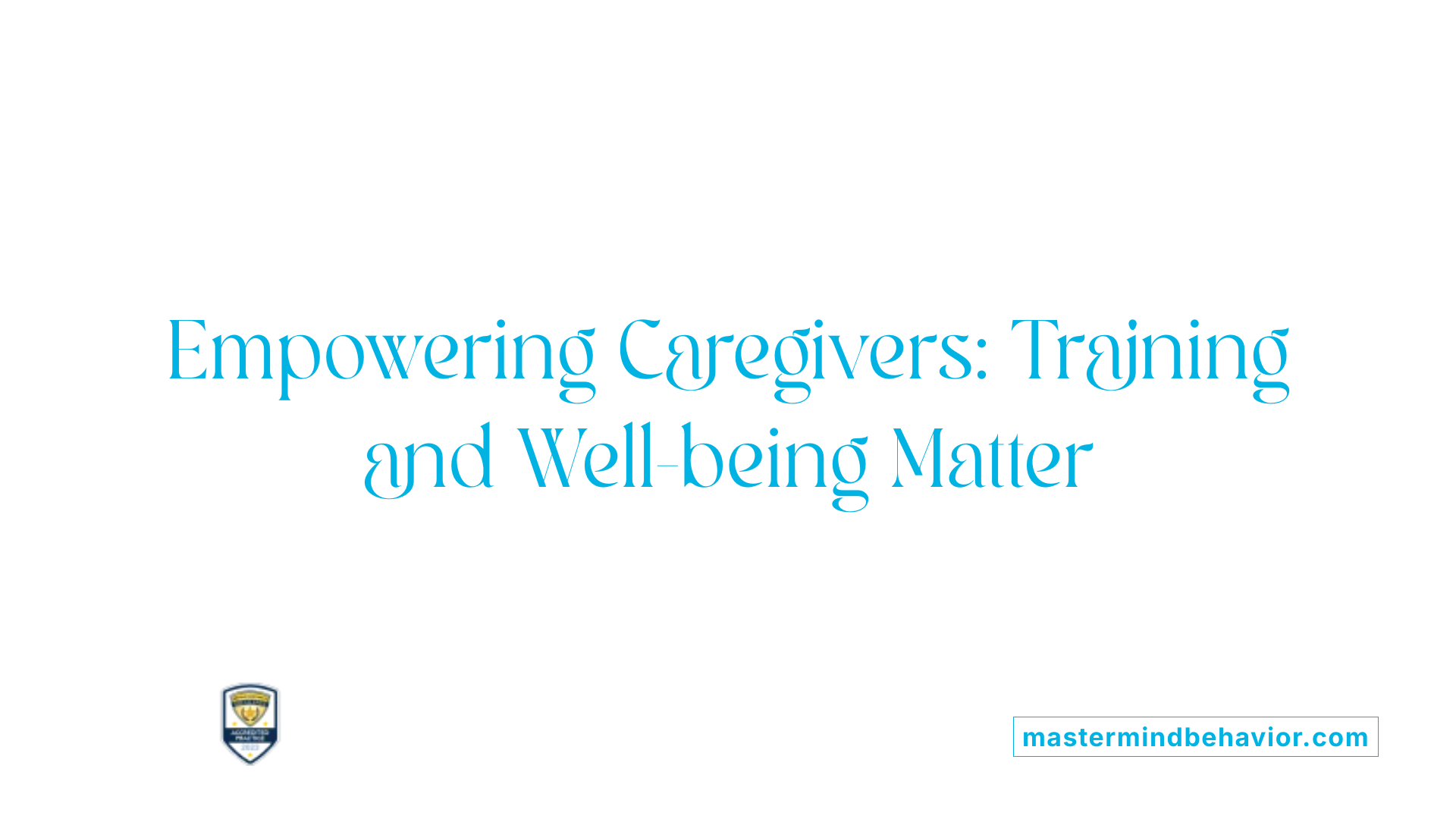
What support techniques can caregivers use to help children with autism acquire self-help skills?
Caregivers play a vital role in helping children with autism develop essential self-help skills. Consistent routines are fundamental; establishing predictable daily schedules helps children understand expectations and reduces anxiety, making it easier for them to learn new skills.
Visual supports like checklists, picture schedules, and labeled charts serve as powerful tools. These aids break down complex tasks into manageable steps and provide visual cues that reinforce understanding and independence.
Modeling appropriate behaviors is another effective strategy. When caregivers demonstrate tasks—such as brushing teeth or dressing—the child observes and imitates, reinforcing learning through demonstration.
Incorporating naturalistic developmental behavioral interventions (NDBIs) such as Project ImPACT and JASPER can significantly enhance skill acquisition. These approaches involve the caregiver actively in motivating and engaging the child through play and routine activities, creating meaningful learning experiences.
Training caregivers in behavioral strategies is essential. Techniques like positive reinforcement—praising or rewarding the child for completing tasks—and task analysis—breaking skills into small, teachable steps—are fundamental.
Prompt fading, which involves gradually reducing physical, verbal, or visual prompts once the child demonstrates mastery, supports independence without reliance on assistance.
Supporting caregiver well-being is equally important. Stress-reduction practices, flexible scheduling, and access to resources like telehealth interventions can help prevent burnout and maintain the quality of support provided to children.
Furthermore, teaching specific life skills in real-life settings enhances generalization. Activities such as practicing hygiene routines in the bathroom or cooking simple snacks in the kitchen not only foster independence but also build confidence.
In summary, a combination of consistent routines, visual supports, modeling, caregiver training in behavioral techniques, and emphasis on caregiver wellness creates a supportive environment for children with autism to learn and master self-help skills effectively.
Practical Resources for Developing Self-Help Skills
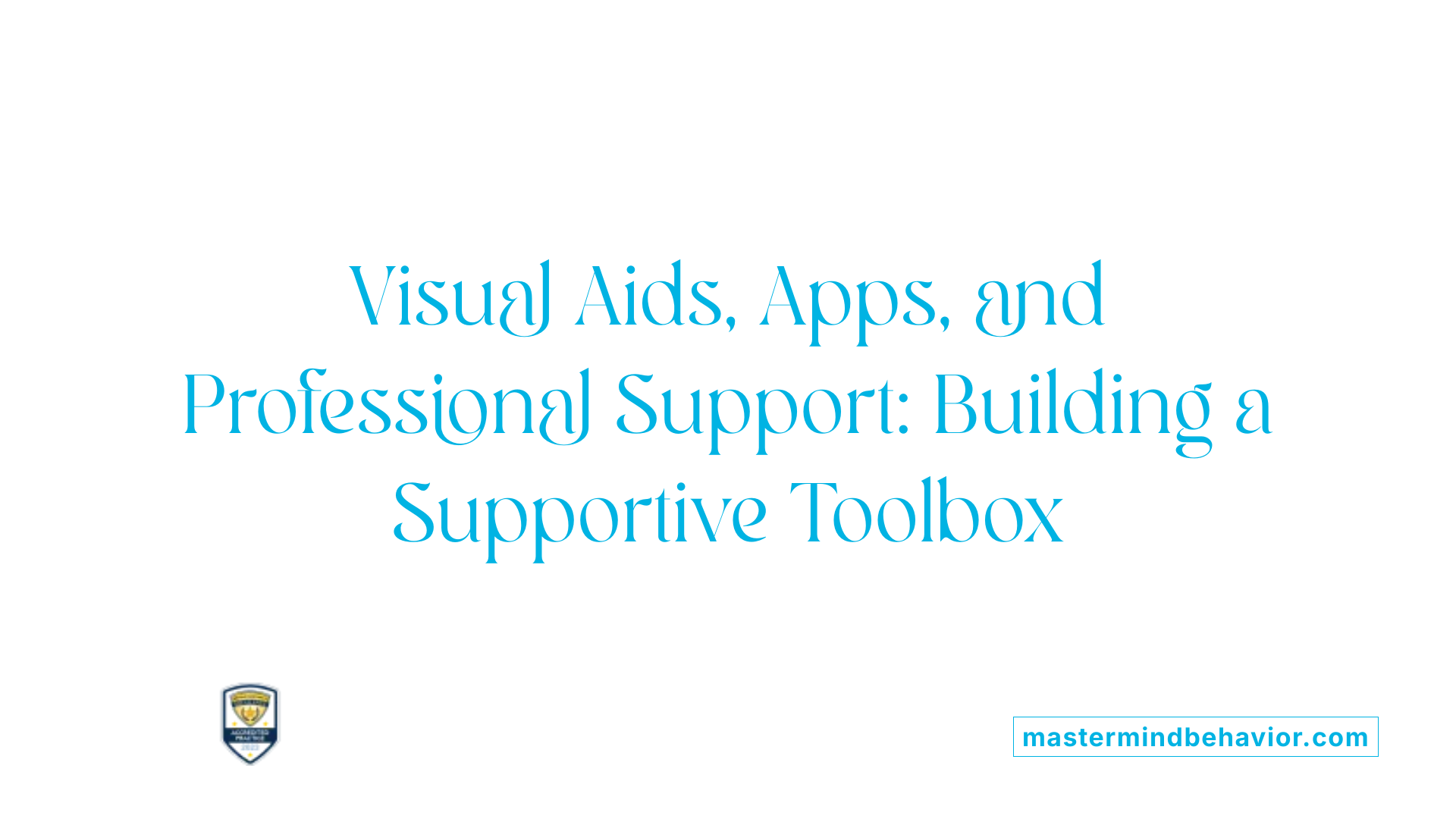
What practical resources are available to support self-help skill development in children with autism?
Supporting the development of self-help skills in children with autism can be greatly enhanced through various practical tools and resources. These include instructional books, visual aids, digital tools, assessment instruments, and professional guidance.
One of the foundational resources is instructional literature such as "Self-help Skills for People with Autism." This book provides systematic teaching strategies grounded in applied behavior analysis (ABA), offering checklists, case studies, and adaptation suggestions that aid caregivers and educators in designing effective programs.
Visual supports play a crucial role in teaching activities of daily living. These include visual routines, checklists, and social stories, which help clarify expectations and steps involved in tasks like dressing, feeding, and hygiene. These tools often incorporate pictures or symbols, making them accessible and easy to understand for children with autism.
Digital applications and online programs also support self-help skills development. For example, the CDC Milestone Tracker app helps track developmentally appropriate skills, set goals, and monitor progress over time. Online platforms can also connect caregivers to community support groups, providing shared experiences, tips, and emotional backing.
Assessment tools such as the Community-Based Skills Assessment (CSA) are essential for determining baseline skills and informing tailored intervention plans. They evaluate a child's functioning across various domains and stages, ensuring that goals align with individual capabilities.
In addition, engaging professionals like occupational therapists and Board Certified Behavior Analysts (BCBAs) can significantly improve outcomes. These experts offer personalized strategies, training, and coaching to parents and teachers, ensuring that teaching methods are effective and consistent.
Below is a summary of these resources in an accessible table:
| Resource Type | Description | Purpose |
|---|---|---|
| Instructional Books | e.g., "Self-help Skills for People with Autism" | Provides teaching strategies, case studies, and program ideas |
| Visual Aids | Checklists, social stories, picture schedules | Enhance understanding and routine learning |
| Digital and Online Tools | CDC Milestone Tracker, behavioral apps | Track progress, set development milestones |
| Assessment Instruments | Community-Based Skills Assessment (CSA) | Determine baseline skills and guide planning |
| Professional Support | Occupational therapists, BCBAs | Offer tailored coaching and intervention |
Together, these resources form a comprehensive toolkit that helps caregivers and educators foster independence and self-sufficiency in children with autism. Employing a combination of these tools tailored to the individual child's needs can lead to significant progress and more confident participation in daily life activities.
Activities and Interventions to Foster Independence

What activities and interventions can promote independence in children with autism at home?
Promoting independence in children with autism involves integrating various targeted activities and structured interventions into daily routines. Starting with routine-based activities, parents can include household chores like tidying up toys, setting the table, or laundry tasks. These activities not only foster responsibility but also help children develop practical skills.
Self-care routines are fundamental, focusing on teaching tasks such as brushing teeth, washing hands, dressing, and personal hygiene. To teach these effectively, breaking down each activity into small, manageable steps using visual supports like picture checklists or task analysis is highly beneficial. Reinforcing success with praise, tokens, or preferred activities encourages continued progress.
Enhancing communication is crucial. Visual supports such as picture schedules and social stories empower children to understand what is expected and express their needs confidently. Augmentative and alternative communication (AAC) tools and consistent language help increase their ability to make choices independently.
Using visual schedules and work systems can significantly improve a child's ability to transition smoothly between activities. These tools break down complex routines into simple steps, providing predictability and reducing anxiety. Visual cues foster spontaneity and boost confidence in managing daily tasks.
Engaging children in community safety and money skills further enhances their independence. Teaching safety rules, recognizing household money, and practicing shopping or simple transactions prepare children for navigating real-world settings safely.
In addition, incorporating leisure and social activities tailored to the child's interests promotes social development and lifelong independence. Activities like playing with peers, engaging in hobbies, and participating in community events encourage social skills, self-esteem, and a sense of belonging.
Overall, these activities, supported by strategic interventions and consistent practice, empower children with autism to lead more autonomous and fulfilling lives. Employing a combination of structured routines, visual supports, communication enhancements, and community engagement forms the foundation for fostering independence effectively.
Educational Approaches for Developing Life Skills
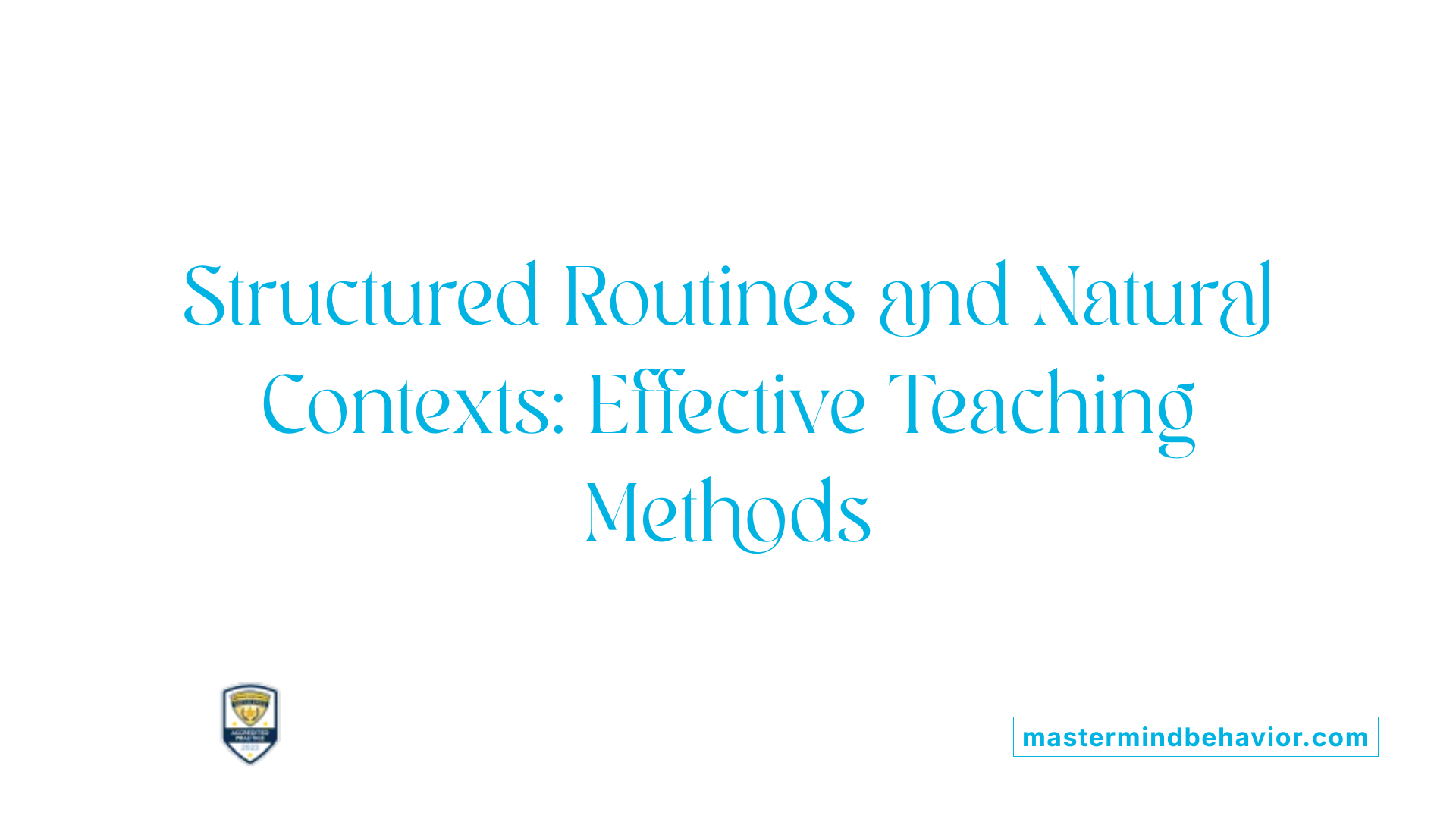
Which educational approaches are effective in helping children with autism develop life skills?
Supporting children with autism in acquiring essential life skills is a vital part of fostering independence and confidence. Several evidence-based strategies and structured programs provide a framework for effective teaching.
One widely used approach is Applied Behavior Analysis (ABA). ABA uses techniques such as task analysis, prompting, reinforcement, and prompt fading to teach complex skills by breaking them into manageable steps. This systematic method ensures skills are learned gradually and retained over time.
Another effective method involves Naturalistic Developmental Behavioral Interventions (NDBI). These strategies integrate natural teaching moments within play and everyday routines, encouraging skill generalization in real-life settings.
Visual supports play a crucial role in skill development. Tools such as visual checklists, picture schedules, social stories, and labels help children understand routines and tasks. These supports make abstract concepts more concrete and promote independence by allowing children to follow steps at their own pace.
Structured routines contribute significantly to learning, offering predictability and a clear sequence for children to follow. Visual schedules and consistent routines reduce anxiety and help children anticipate what comes next, making learning more effective.
Practicing skills in realistic, natural environments is essential. For example, cooking tasks are better taught in a kitchen, and laundry routines in laundromats. This contextual learning helps children transfer skills across settings, increasing their real-world competence.
Programs like TEACCH and the Incredible Years provide tailored, systematic interventions that focus on communication, social skills, self-care, and community participation. These programs often combine visual supports, structured routines, and active collaboration among teachers, parents, and therapists.
Collaboration among caregivers, educators, and specialists is vital. Ongoing training ensures consistent implementation of strategies and helps adapt teaching to each child’s evolving needs.
In summary, effective development of life skills in children with autism relies on a combination of evidence-based strategies, visual supports, structured routines, realistic practice in natural settings, and teamwork among all involved stakeholders. This comprehensive approach empowers children to thrive and participate fully in their communities.
Importance of Early and Gradual Skill Development
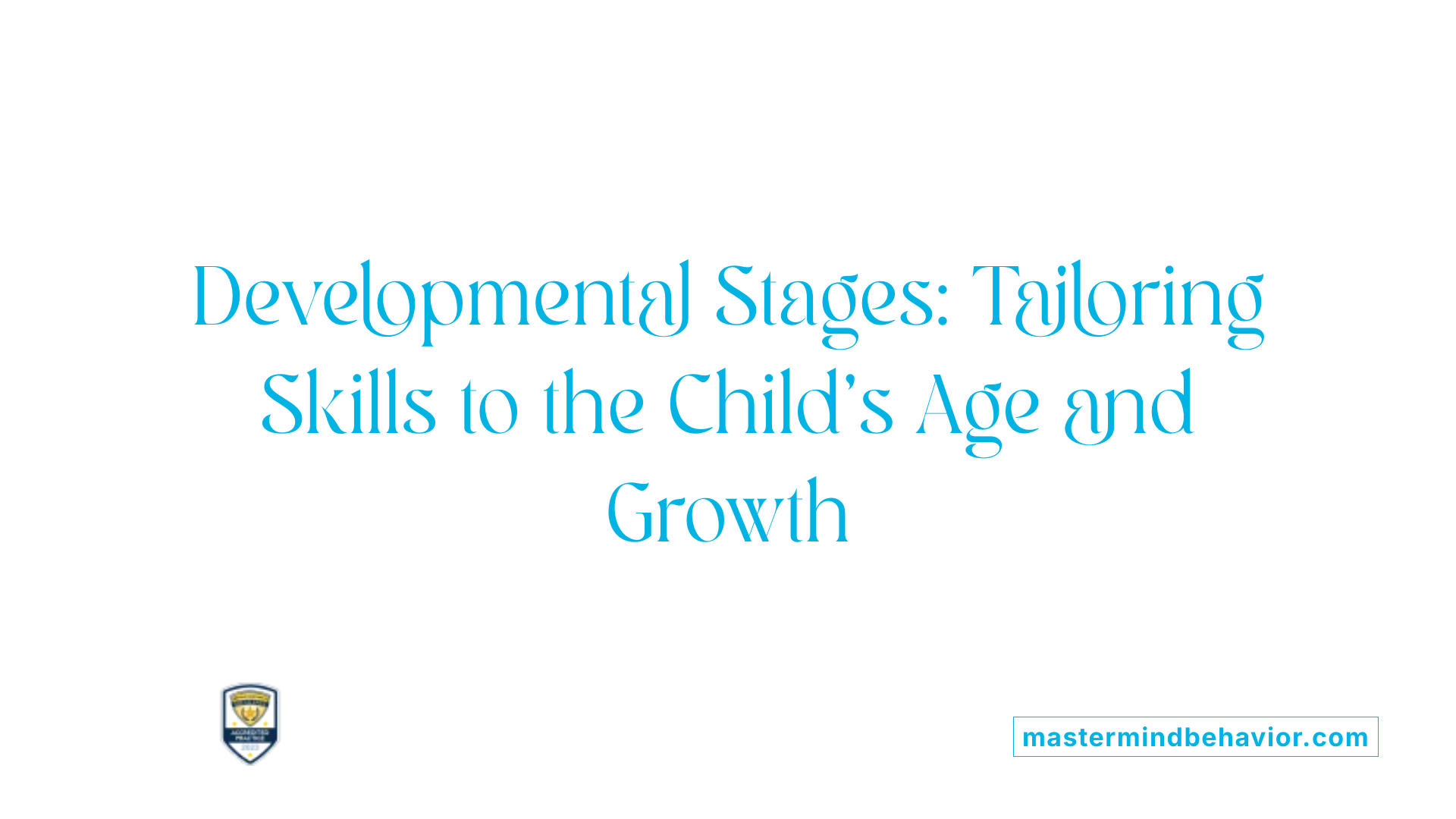
Why is early intervention beneficial?
Starting to teach life skills early in a child's development with autism can have a profound impact. Early intervention helps children build essential skills that foster independence, confidence, and social participation. When these skills are introduced at a young age, children often learn more effectively because they are still developing critical neural pathways for acquiring new abilities.
Moreover, early skill development can reduce future dependency on caregivers, making daily routines smoother for everyone involved. It also sets a foundation for continued growth, allowing children to progress through more complex tasks as they develop.
What are typical developmental stages for acquiring self-help skills?
Children with autism usually follow similar developmental stages as their peers, but timelines might differ. For example, children aged 2-3 are typically learning basic self-care skills such as hand washing, tooth brushing, and simple dressing.
By ages 4-5, many children begin mastering more complex tasks like zipping, buttoning, and preparing simple snacks. As they approach ages 6-9 and beyond, the focus shifts to more independent activities such as organizing their belongings, managing money, using public transportation, and understanding safety rules.
It’s important to tailor skill teaching to each child's developmental level and individual needs, recognizing that some may need more time or specific techniques.
How does building skills gradually enhance independence?
A structured, step-by-step approach is essential for teaching powerful, sustainable skills. Breaking down complex routines into small, manageable steps—known as task analysis—is crucial. For example, teaching dressing involves several components: recognizing clothing items, understanding how to put on pants, shirt, or shoes, and practicing each step separately.
Practicing these steps repeatedly in natural environments helps solidify skills. Using visual supports, such as picture checklists or visual schedules, guides children through routines and provides a clear expectation.
Gradually increasing the complexity of tasks while fading prompts and supports fosters independence. This approach encourages children to perform activities without constant assistance, boosting their confidence.
How does building self-esteem and confidence influence long-term success?
When children with autism develop life skills early in life, they experience a sense of achievement and autonomy. Successfully completing daily routines enhances their self-esteem, which motivates further learning.
Confidence gained from mastering skills like personal hygiene, dressing, or basic household chores translates into better social interactions and participation in community activities.
Additionally, fostering independence prepares children for future challenges, including vocational opportunities and living more independently.
Overall, early and gradual skill building is a linchpin for helping children with autism lead fulfilling, self-sufficient lives.
| Age Range | Typical Skills Focus | Teaching Strategies | Developmental Benefits |
|---|---|---|---|
| 2-3 years | Basic self-care: brushing teeth, washing hands, dressing | Visual supports, modeling, consistent routines | Builds confidence, lays foundation for future skills |
| 4-5 years | Dressing skills, simple grooming, snack preparation | Step-by-step task analysis, reinforcement | Enhances independence, social participation |
| 6-9 years | Managing personal belongings, safety skills, money concepts | Natural environment teaching, practice in community settings | Prepares for more complex tasks and transitioning to independence |
| 10+ years | Household chores, community navigation, vocational skills | Role-playing, real-life practice, reinforcement | Promotes long-term independence and self-sufficiency |
Understanding the stages of development and applying tailored strategies are essential for guiding children through the journey of acquiring vital life skills.
Monitoring Progress and Generalization of Skills
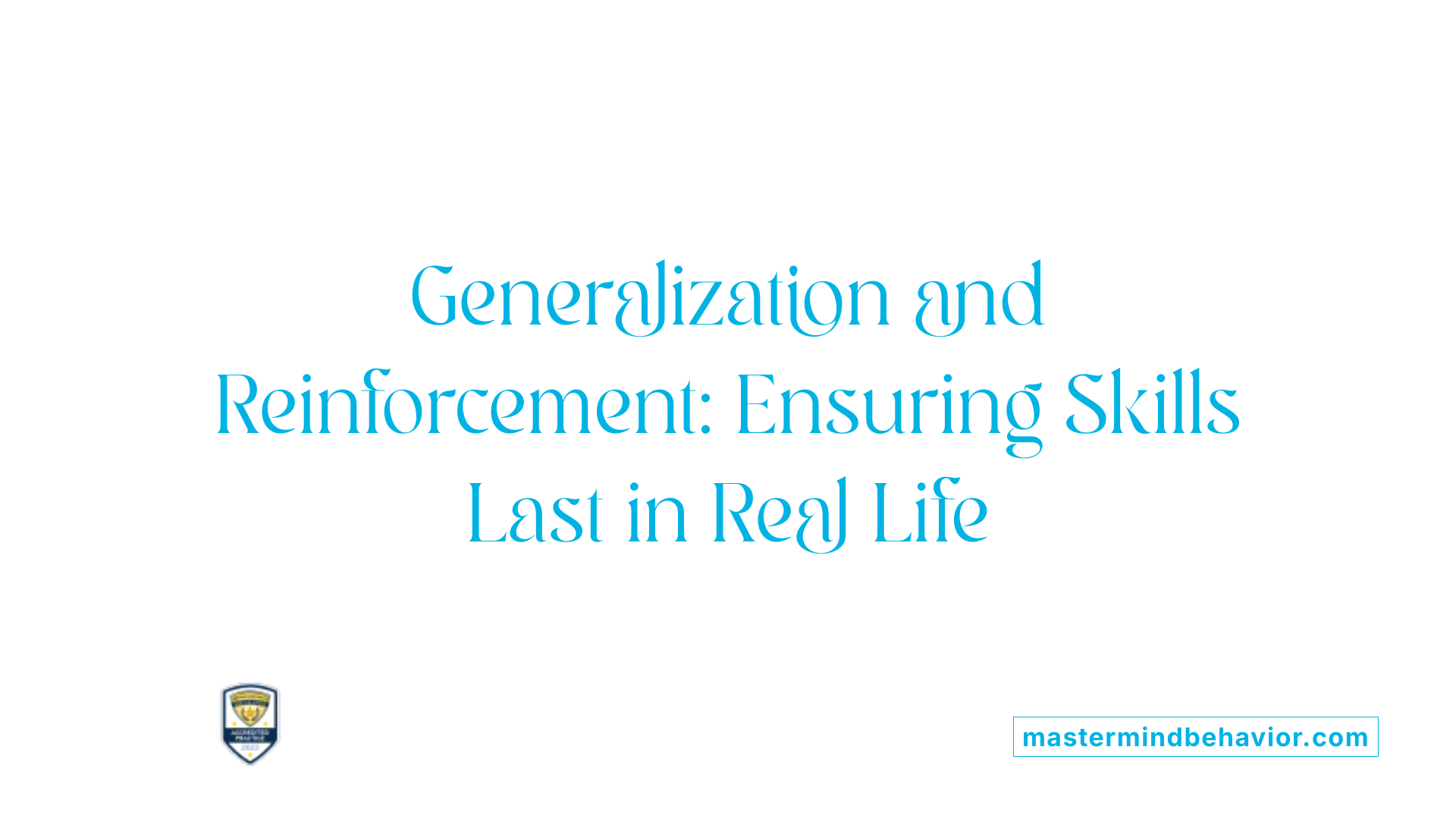
How can ongoing assessment help in developing self-help skills?
Regular assessment is essential to track a child's progress in acquiring self-help skills. Tools like formal evaluations, parent interviews, observations, and client interviews provide detailed insights into what skills have been mastered and where there are gaps. Such assessments help tailor personalized goals that are meaningful and realistic, ensuring that every intervention supports the child's unique needs.
In particular, the Community-Based Skills Assessment (CSA) is a useful tool for evaluating current abilities and guiding individualized planning. These assessments contribute to creating a structured framework for teaching self-help skills, making sure progress is measurable and aligned with developmental milestones.
Why is fading prompts an important strategy?
Prompt fading is a critical technique in teaching self-help skills because it encourages independence gradually. When children initially receive physical, verbal, visual, or gestural prompts, these cues help them perform tasks correctly. As they improve, these prompts are systematically reduced or faded to foster autonomous execution of skills.
Effective fading involves applying prompts only as long as needed, then gradually removing assistance while reinforcing success. For example, a child may start with physical guidance to zip a jacket, but over time, prompts are replaced with visual cues or verbal hints, eventually leading to independent task completion.
How can skills be generalized across different environments?
Children with autism benefit greatly from strategies that promote the transfer of skills beyond the training setting. Generalization techniques include practicing self-help skills in various environments—home, school, community settings—and with different people.
Using consistent cues, routines, and reinforcement across locations encourages children to apply learned skills in real-world situations. For example, practicing handwashing at home, in the classroom, and at a public restroom helps solidify this routine as a natural part of daily life.
Incorporating natural routines and activities can also support generalization. If a child learns to make a snack during therapy sessions, practicing the same skill during family meal prep helps reinforce the skill in a meaningful context.
What role does reinforcement play across different settings?
Reinforcement is fundamental in motivating children to learn and maintain self-help skills across various environments. Positive reinforcement, such as praise, tokens, or access to preferred activities, encourages repeated practice and mastery.
The type and consistency of reinforcement might vary depending on the setting and the individual child's preferences. In a home setting, verbal praise or earning a sticker may be effective, whereas in community settings, tangible rewards or social acknowledgment may promote continued independence.
Effective reinforcement strategies include establishing clear expectations, providing immediate feedback, and gradually reducing reinforcement as skills become more ingrained. Consistency in reinforcement across environments maximizes the child's ability to generalize and sustain these skills.
| Assessment Techniques | Fading Prompts | Generalization Strategies | Reinforcement Tips |
|---|---|---|---|
| Formal evaluations, observations, interviews | Systematic prompt reduction | Practice skills in various settings | Use of praise, tokens, preferred activities |
| Community-Based Skills Assessment (CSA) | Gradually remove physical cues | Incorporate natural routines | Consistent reinforcement tailored to setting |
| Monitoring progress and adjusting goals | Transition from physical to visual/verbal prompts | Use varied people and contexts | Reinforce immediately for success |
Establishing ongoing assessments, effectively fading prompts, promoting skill transfer across environments, and applying consistent reinforcement are all integral parts of supporting children with autism in developing independence through self-help skills. With patience, structured approaches, and tailored interventions, children can achieve meaningful progress that enhances their confidence and daily functioning.
Empowering Autism Independence at Home
Developing self-help skills in children with autism is a collaborative, strategic process that involves tailored teaching methods, consistent practice, and the use of effective resources. By implementing structured routines, visual supports, and positive reinforcement within natural environments, caregivers can foster independence and confidence in their children. Supporting caregiver training, utilizing assessment tools, and engaging in activities that promote functional skills are essential steps toward helping children lead more autonomous lives. Early initiation and gradual skill building, combined with continuous monitoring and adaptation, ultimately empower children with autism to develop crucial life skills that prepare them for a successful, independent future.
References
- Life skills for autism
- Self-Care Skills for Children with Autism
- The Ultimate Guide to Self-Help Skills for Autism
- How Can I Promote Self-Help Skills in Clients with Autism?
- Teaching Self-Help Skills A guide for caregivers
- Teaching Self-Help Skills with ABA: Encouraging ...
- Ten Ways to Build Independence
- 24 Classroom Activities for Kids with Autism
- I Can Do It Myself Using Work Systems to Build Independence
Recent articles

What Families Should Know About ABA Therapy Ethics And Consent
Understanding the Foundations and Ethical Framework of ABA Therapy

How ABA Providers Can Help Teachable Moments Arise Throughout the Day
Creating Learning Moments Anywhere: The Role of ABA Providers in Everyday Development

How to Navigate Autism Laws and Legal Support Services In NJ And GA
Comprehensive Legal Frameworks Supporting Autism Therapy in NJ and GA

How ABA Therapy Improves Adaptation To New School Environments
Supporting Children with Autism Transitioning into School through ABA Therapy

Strategies For Building Peer Relationships Through ABA Social Skills Training
Building Meaningful Peer Connections with ABA-Based Social Skills Training
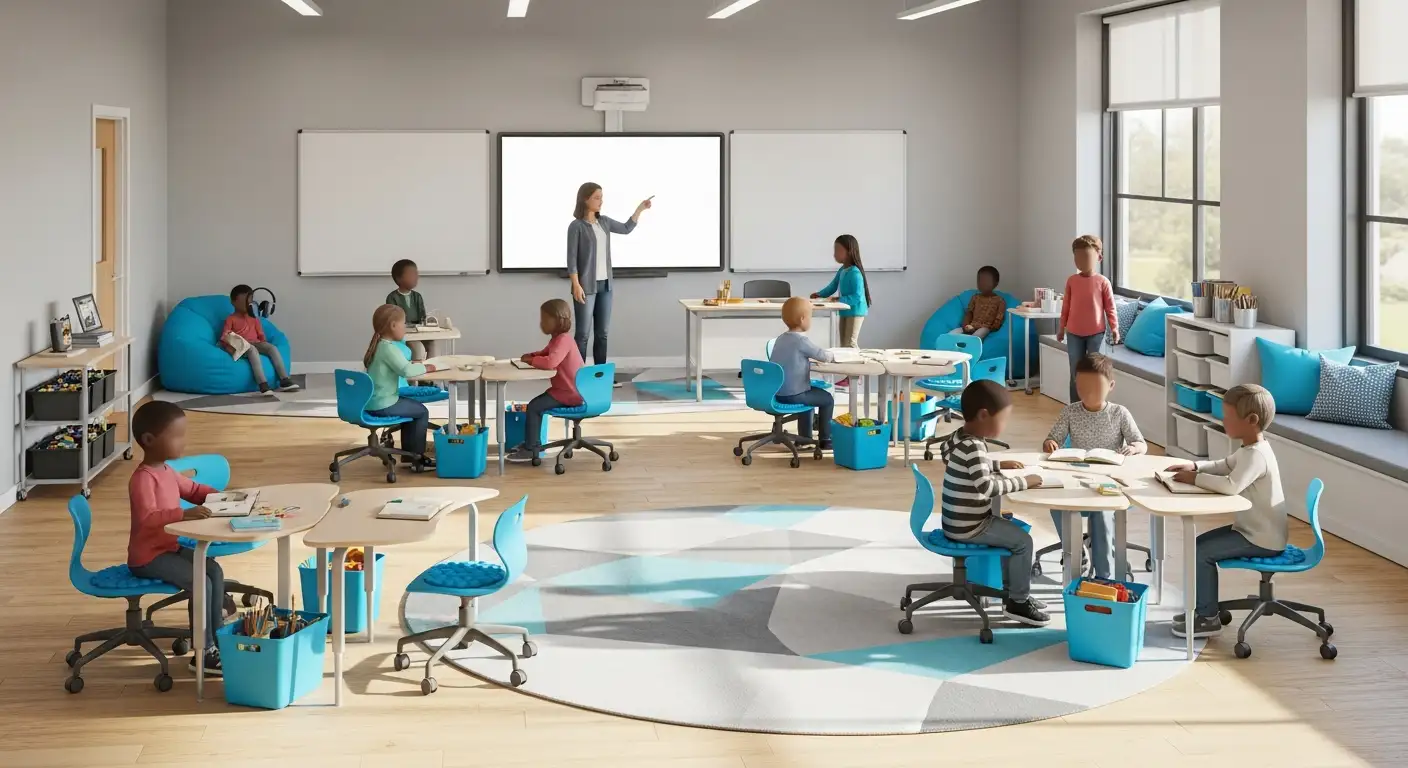
How ABA Therapy Improves Communication With Teachers And Peers
Empowering Social Connections: The Role of ABA Therapy in Autism



